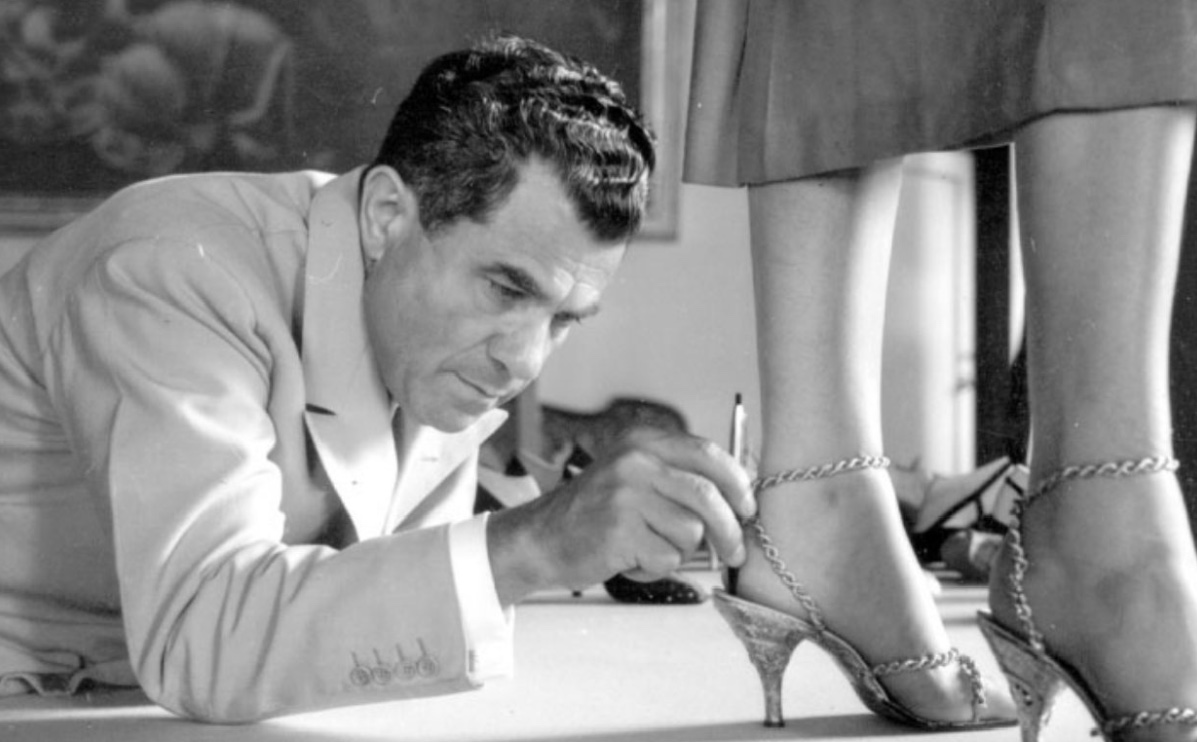
Film Review: Salvatore: Shoemaker of Dreams
Film Reviews
Salvatore: Shoemaker of Dreams
Director: Luca Guadagnino
MeMo Films and Frenesy Film Company
In Theaters: 12.02
My job history is a bit like Dick Van Dyke’s character in Mary Poppins. One day you’d see me dressed as a chimpanzee at a themed restaurant, and the next day I’d be professing the merits of owning a timeshare. Among my eclectic resume was a brief stint as a shoe salesman, and it was at that time that I developed a love for the artistry of women’s footwear, which made Luca Guadagnino’s Salvatore: Shoemaker of Dreams a subject that couldn’t help but pique my interest.
Salvatore Ferragamo came from humble beginnings as a teenage shoemaker in Italy, and his dreams and tenacity would lead him to become one of the most influential and accomplished fashion designers in history. Ferragamo immigrated to the United States and became one of the most sought-after designers in Hollywood, creating spectacular works for some of the biggest films of the silent era, including the original 1923 version of The Ten Commandments. Ferragamo went on to become the preferred designer for the most glamorous women on the silver screen, culminating in designing the white stiletto heels that Marilyn Monroe wore in The Seven-Year Itch.
Salvatore: The Shoemaker of Dreams tells the story of the man and his career through a voice over narration by Michael Stuhlbarg, extensive archival photographs, footage and interviews with subjects ranging from Ferragamo’s children to fashion designers such as Manolo Blahnik and Christian Louboutin. We also hear from Hollywood icons and historians such as Martin Scorsese and costume designer Deborah Nadoolman, the latter of whom is responsible for creating Indiana Jones’ look.
The stories are interesting and circuitous. For example, Ferragamo turned the accidental breaking of his leg into a true lucky break, as it led to a deep dive into the designer learning about bone structure and anatomy—which in turn would lead to Ferragamo inventing his own traction system and revolutionizing the comfort and functionality of shoe design—is a major highlight. Guadagnino’s ability to set a scene and put the audience right in the middle is strong, and Stuhlbarg’s pleasantly purposeful cadence had me listening with rapt attention. All of this adds up to an immensely satisfying 40 minutes of entertainment, which would be a strong recommendation if Salvatore: Shoemaker of Dreams wasn’t just 10 minutes shy of a two-hour runtime.
The best documentaries often involve shooting or compiling hundreds of hours of footage only to leave much of it on the cutting room floor in order to maintain a manageable length. Guadagnino seems to have done the opposite, running out of even remotely interesting material yet stubbornly pushing forward to make sure his movie ran at full-feature length.
It’s a shame because when it’s working, Salvatore: Shoemaker of Dreams is really a charmer. There’s very little that I enjoy more than listening to Scorsese talk about film history, and his obvious admiration for Ferragamo’s craft is easy to get swept up in. Endless subtitled sequences of Ferragamo’s children saying little more than, “My father worked very hard at making shoes, and this one time we went to the beach and nothing happened,” is substantially less so.
The gorgeous still photos tend to work better than the film footage, and Guadagnino relies on static talking heads to a point where it becomes excruciating. The use of animation for a self-indulgent—and silent—sequence in the final 10 minutes begs the question: Where was this visual creativity when you needed to find a way to break up the grueling monotony of the past hour, Luca?
Salvatore: Shoemaker of Dreams is a sincere effort, yet it remains an unimaginative, paint-by-numbers piece of filmmaking, a less-than-auspicious entry in the filmography of a generally great director. Salvatore may have suffered from Guadagnino’s attention being too divided, as this biographical documentary and the gory cannibal romance Bones and All were edited and released nearly simultaneously. Sadly, it appears that the enthusiastic, hungry artist simply bit off a bit more than he could chew this time. –Patrick Gibbs
Read more film reviews:
Film Review: Bones and All
Film Review: The Fabelmans